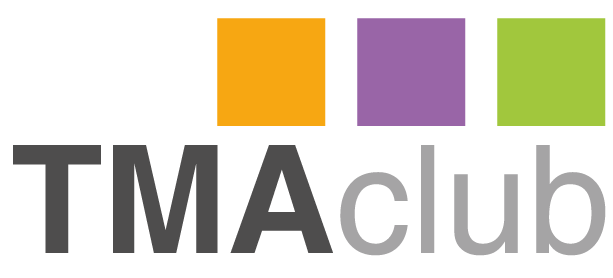TWO-FACTOR AUTHENTICATION (2FA)...
2FA provides a way of ‘double checking’ that you really are the person you are claiming to be when you’re using online services, such as banking, email, or social media. It is available on most of the major online services. Passwords can be stolen by cyber criminals, potentially giving them access to your online accounts. However, accounts that have been set up to use 2FA will require an extra check, so even if a criminal knows your password, they won’t be able to access your accounts.
The NCSC recommends that you set up 2FA on your ‘important’ accounts; these will typically be the ‘high value’ accounts that protect things that you really care about, and would cause the most harm to you if the passwords to access these accounts were stolen.
When setting up 2FA, the service will ask you to provide a ‘second factor’, which is something that you (and only you) can access. This could be a code that’s sent to you by text message, or that’s created by an app.
What are the different ‘types’ of 2FA?
When 2FA is switched on, you’ll be asked to provide a second factor in order to access your account. There are several types of second factor available:
- Text messages. Most services tend to offer 2FA over text message by default. During setup, you provide your phone number, and the service will send you a message containing the code to use. Text messages are not the most secure type of 2FA, but still offer a huge advantage over not using any 2FA.
- Authenticator Apps on your smart phone (or tablet) are the main alternative to text messages. Google Authenticator and Microsoft Authenticator are examples of this type of app. Once you’ve installed one, you can use the same app when setting up 2FA on any accounts that have this as an option.
- Some accounts also give you a list of backup codes when you switch on 2FA. When asked for a code you can use one of these, but each code will only work once, so you’ll need to create more when you’ve used them all.
There are other second factors, that are offered by a few services. For example, some have apps that just ask you for permission once you’ve logged in. Others let you use ‘security keys’, which are small devices you can buy. You may also be able to use email as the second factor, provided it’s a different email account from the one used to reset your password. If your account offers one of these, and you think it would work for you, then they are all good second factors.
Note: Some services use memorable information or a security question (such as ‘What was the name of your first pet?’) as an alternative to 2FA. These do not offer the same protection so you should still turn on 2FA if it is available.












